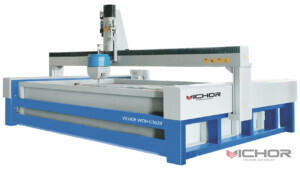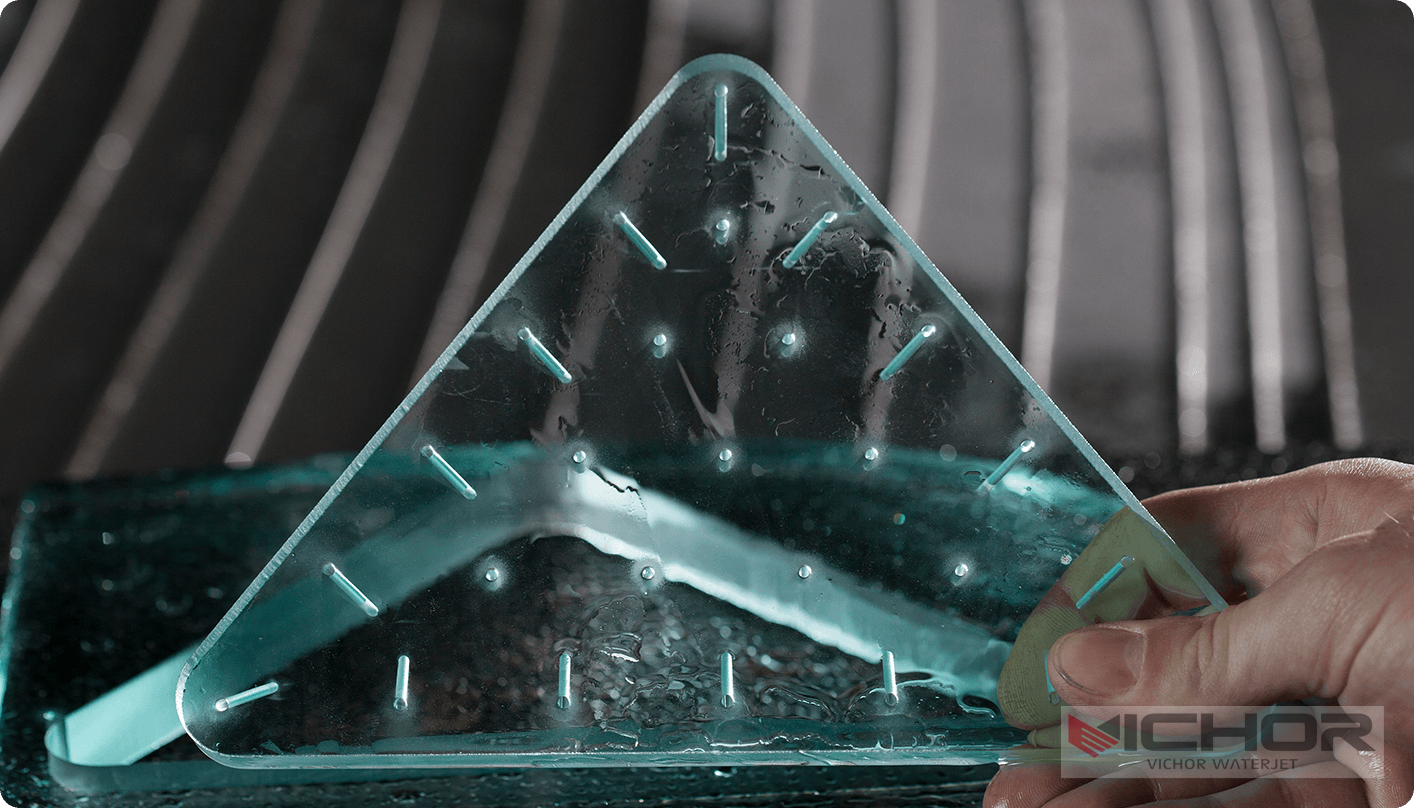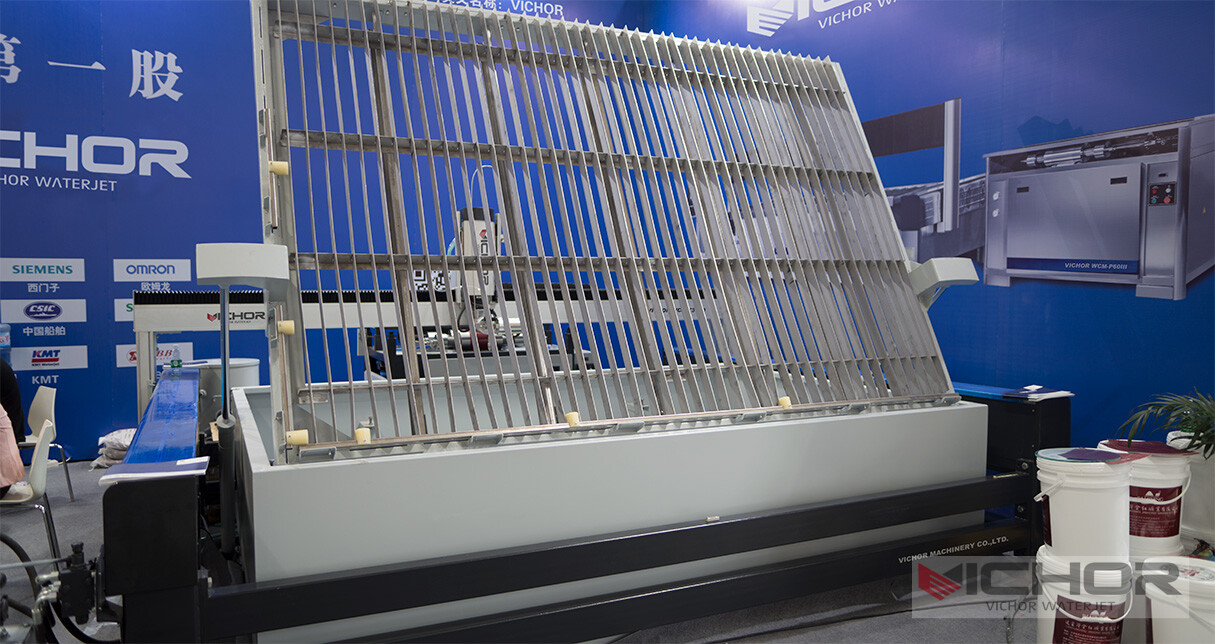
6 Essential Insights into Hydro Jet Cutter Technology for Modern Applications
In today’s fast-paced industrial landscape, precision and efficiency are paramount. One technology that stands out for its versatility and effectiveness is the hydro jet cutter. This advanced tool uses high-pressure water streams to slice through various materials with incredible accuracy. Whether you’re in manufacturing, construction, or aerospace, understanding the hydro jet cutter can transform your operations. In this article, we’ll delve into six key aspects of hydro jet cutter systems, providing a comprehensive overview that highlights their benefits, applications, and more. By the end, you’ll have a solid grasp of why this technology is a game-changer and how it can be leveraged in different sectors. Let’s dive in and explore the world of hydro jet cutter innovations.
How a Hydro Jet Cutter Works
A hydro jet cutter operates on a straightforward yet powerful principle: it uses a high-pressure pump to force water through a narrow nozzle at speeds exceeding the sound barrier. This process generates a focused stream capable of cutting through materials like metal, stone, and composites. Typically, the system involves intensifiers or rotary pumps that amplify water pressure to levels ranging from 30,000 to 90,000 psi. In some cases, abrasive materials such as garnet are added to the water stream to enhance cutting efficiency for tougher substances. The hydro jet cutter is controlled via computer numerical control (CNC) systems, ensuring precise movements and intricate designs. This method minimizes heat-affected zones, reducing material distortion and making it ideal for delicate applications. Overall, the hydro jet cutter exemplifies innovation in non-thermal cutting, offering a clean and efficient alternative to traditional tools.
Advantages of Using a Hydro Jet Cutter
The hydro jet cutter boasts numerous benefits that make it a preferred choice across industries. First, it provides exceptional precision, allowing for intricate cuts with tolerances as tight as 0.1 mm. This accuracy reduces material waste and improves overall productivity. Second, the hydro jet cutter is a cold-cutting process, meaning it doesn’t generate heat that could alter material properties or cause warping. This is particularly advantageous for heat-sensitive materials like plastics or certain metals. Additionally, the hydro jet cutter is highly versatile, capable of handling a wide range of thicknesses and materials, from soft rubber to hardened steel. It also promotes environmental friendliness by using water as the primary cutting medium, which can often be recycled. Lastly, the hydro jet cutter enhances safety by minimizing sparks, dust, and toxic fumes, creating a healthier work environment. These advantages collectively contribute to lower operational costs and higher quality outputs.
Applications of Hydro Jet Cutter in Various Industries
The hydro jet cutter finds applications in a diverse array of sectors due to its adaptability and precision. In the automotive industry, it is used for cutting complex parts, such as interior components and body panels, with minimal waste. The aerospace sector relies on the hydro jet cutter for shaping lightweight composites and alloys, ensuring high strength-to-weight ratios. In construction, it aids in fabricating architectural elements like stone countertops and tile designs. The food processing industry employs hydro jet cutter technology for slicing products without contamination, as the water stream is sterile and doesn’t introduce foreign particles. Moreover, the art and design field utilizes hydro jet cutter systems for creating detailed sculptures and custom artworks. This wide-ranging applicability underscores the hydro jet cutter’s role as a multifunctional tool that drives innovation and efficiency.
Maintenance and Safety Considerations for Hydro Jet Cutter
Proper maintenance is crucial for maximizing the lifespan and performance of a hydro jet cutter. Regular inspections of the high-pressure pump, nozzles, and hoses help prevent leaks and ensure consistent operation. It’s essential to use filtered water to avoid clogging and damage to components. Additionally, abrasive delivery systems should be checked for wear and tear, as particles can degrade over time. Safety measures are equally important; operators must wear protective gear, such as gloves and goggles, to shield against high-pressure streams. Training on emergency shutdown procedures and pressure relief systems is vital to prevent accidents. By adhering to these maintenance and safety protocols, users can maintain the efficiency of their hydro jet cutter while minimizing downtime and risks.

Comparing Hydro Jet Cutter with Other Cutting Technologies
When evaluating cutting methods, the hydro jet cutter often stands out against alternatives like laser, plasma, or mechanical cutting. Unlike laser systems, which can generate heat and affect material integrity, the hydro jet cutter offers a cold-cutting solution that preserves material properties. Plasma cutting, while fast, tends to produce wider kerfs and more slag, whereas the hydro jet cutter delivers cleaner edges with minimal secondary processing. Mechanical methods, such as sawing, may cause mechanical stress and tool wear, but the hydro jet cutter reduces these issues due to its non-contact approach. However, the hydro jet cutter might have higher initial costs and slower speeds for some materials compared to lasers. Despite this, its versatility and precision make it a competitive option, especially for complex or heat-sensitive applications.
Future Trends in Hydro Jet Cutter Technology
The future of hydro jet cutter technology is poised for exciting advancements, driven by automation and sustainability. Innovations in CNC integration and artificial intelligence are expected to enhance precision and reduce human intervention, making the hydro jet cutter more efficient for large-scale production. Developments in pump technology may lead to higher pressure capabilities, expanding the range of materials that can be cut. Additionally, there is a growing focus on eco-friendly practices, such as improving water recycling systems and reducing energy consumption. The adoption of IoT (Internet of Things) for real-time monitoring and predictive maintenance could further optimize hydro jet cutter operations. As industries embrace digital transformation, the hydro jet cutter is likely to become smarter, more accessible, and integral to smart manufacturing environments.
In summary, the hydro jet cutter is a transformative technology that offers precision, versatility, and safety across multiple industries. By understanding its operation, benefits, applications, maintenance, comparisons, and future trends, businesses can make informed decisions to enhance their processes. As this technology continues to evolve, it will undoubtedly play a pivotal role in shaping the future of cutting and fabrication.
Frequently Asked Questions
Q1: What is a hydro jet cutter and how does it differ from waterjet cutting?
A1: A hydro jet cutter is a type of waterjet cutting system that uses high-pressure water, sometimes with abrasives, to cut materials. The terms are often used interchangeably, but “hydro jet cutter” typically emphasizes the pure water aspect, while “waterjet” may include abrasive additions. Both rely on similar principles, but a hydro jet cutter is ideal for softer materials, whereas abrasive waterjets handle harder substances.
Q2: What materials can a hydro jet cutter effectively process?
A2: A hydro jet cutter can handle a wide range of materials, including metals like aluminum and steel, composites, plastics, rubber, glass, stone, and ceramics. Its versatility makes it suitable for various industries, from manufacturing to art, as it provides clean cuts without thermal distortion.
Q3: Is a hydro jet cutter environmentally friendly?
A3: Yes, a hydro jet cutter is considered environmentally friendly because it primarily uses water, which can be recycled in closed-loop systems. It doesn’t produce hazardous fumes or toxic byproducts, and the process minimizes waste by enabling precise cuts that reduce material scrap.
Q4: How much does it cost to operate a hydro jet cutter?
A4: Operating costs for a hydro jet cutter depend on factors like energy consumption, maintenance, and abrasive use if applicable. Generally, it can be cost-effective due to reduced material waste and longer tool life, but initial investment in equipment and regular upkeep should be considered for budgeting.
Q5: What safety precautions are necessary when using a hydro jet cutter?
A5: Key safety precautions include wearing protective equipment like goggles and gloves, ensuring proper training for operators, regularly inspecting high-pressure components for leaks, and implementing emergency stop mechanisms. Always follow manufacturer guidelines to prevent injuries from the intense water stream.
continue reading
Related Posts
- 1636 words8.2 min read



